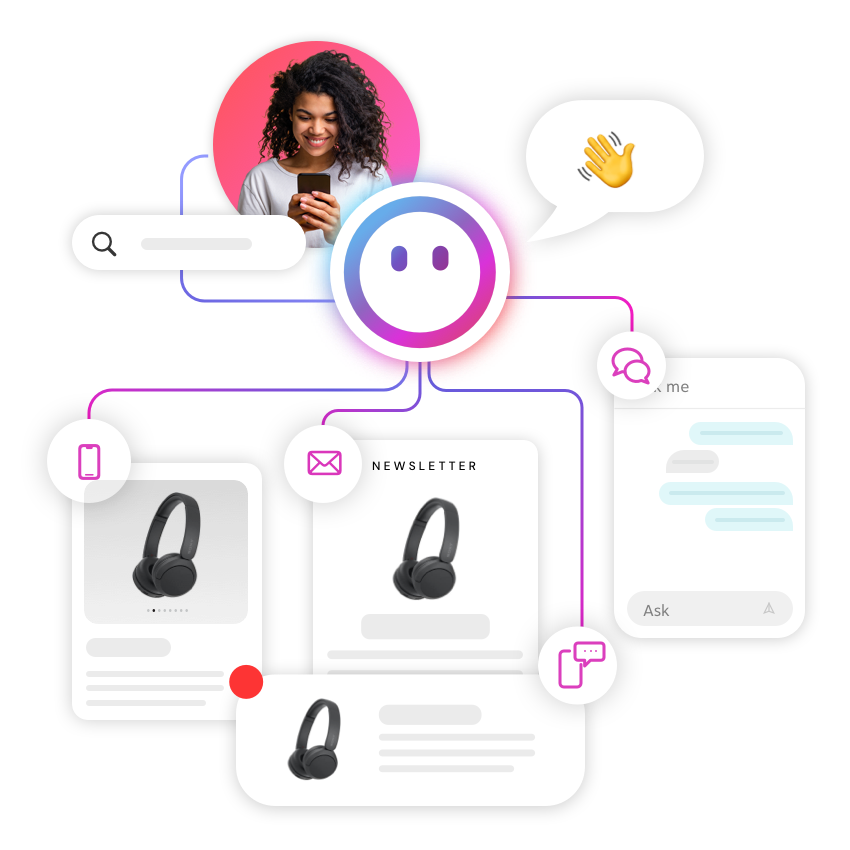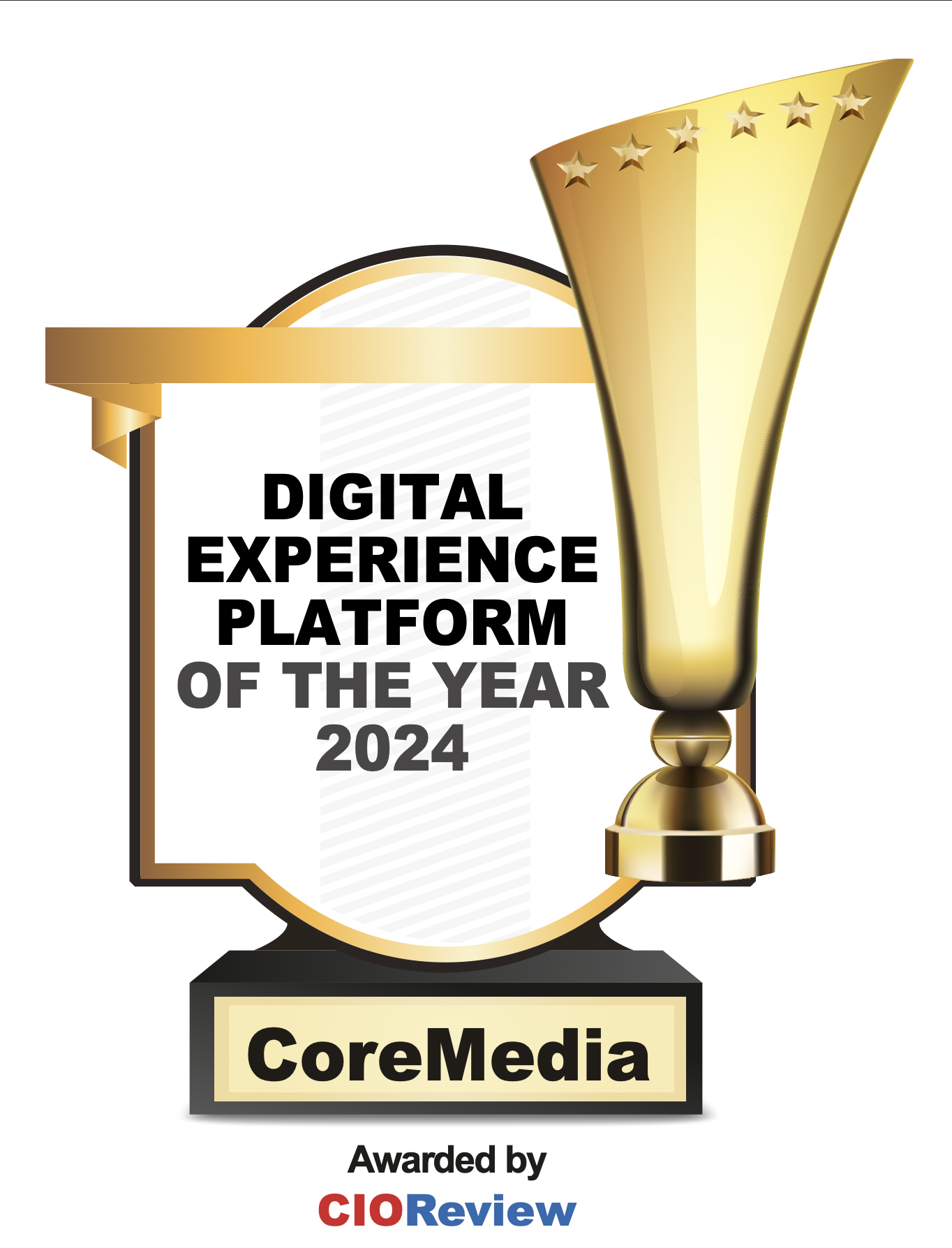In this article, we discuss the main problems digital commerce faces today and offer essential strategies for brands to succeed in this fast-moving and fiercely competitive environment.
1. Omnichannel: The future of buying journeys
Consumers expect a seamless shopping experience across all channels, from physical stores to e-commerce platforms. However, meeting these expectations can be a daunting task.
McKinsey & Company reveals that customers impacted by an omnichannel approach make purchases more frequently and spend 34% more than those who purchase through only one channel. Moreover, adopting an extensive omnichannel approach with a seamless CX across website, app, in-store, social media, chatbots and many other channels can lead to repeat purchases, higher transaction values, and an overall improved customer experience.
To address these opportunities, companies must prioritize building a comprehensive omnichannel strategy that perfectly integrates online and offline touchpoints. This approach can drive repeat purchases, increase transaction values, and enhance the overall customer experience.
2. Personalization: Going beyond simply adding the name
Personalization has evolved from being an exclusive perk to an expectation. Shoppers now anticipate personalized product or service recommendations, relevant offers and discounts, and a tailored experience across all channels.
Consequently, it has become a critical topic for businesses aiming to achieve results. Another McKinsey & Company study underscores that customers reward businesses that provide personalized shopping experiences, with 49% of them being more likely to make repeat purchases. In contrast, 76% become frustrated when personalization is lacking.
Therefore, brands must invest in advanced personalization strategies, without compromising privacy. Tailoring content, offers, and recommendations based on first-party data like customer behavior and preferences can significantly enhance customer satisfaction and retention rates.
3. Trust and privacy: Navigating the cookieless world
Customer concern for data privacy is higher than ever. According to Gartner, 71% of B2C and 86% of B2B customers expect companies to be well informed about their personal information during an interaction.
With Google phasing out third-party cookies, marketers are also losing a valuable tool for tracking and targeting customers as they know it, which poses new challenges. But overcoming the challenges of the cookieless world is crucial to maintaining customer loyalty. Businesses must, therefore, give top priority to ethical data collection and management. Utilizing zero and first-party data strategies becomes crucial in both building and maintaining loyalty while delivering personalized experiences.
4. Artificial Intelligence and Machine Learning: Transforming the landscape
AI and ML algorithms are reshaping our world and this transformation extends to online commerce. While businesses have widely adopted generative AI to streamline content creation processes, the result is often unoriginal and uniform. However, if used in a smart way, AI can serve as a powerful co-pilot, liberating creators’ time for more challenging and creative tasks, such as crafting outstanding customer experiences.
These technologies also enable complex tasks, like behavior analysis, enhancing marketing efforts, and providing rapid customer support. Companies can also gain a significant competitive edge by integrating these algorithms into their strategies.
Implementing a guided selling strategy is one example, as it enables the creation of immersive, tailored experiences. Moreover, embracing a customer-centric approach, fueled by AI-driven personalization and Next-Best-Offer campaigns, can unlock opportunities for upselling and cross-selling.
5. Human Touch: More than a luxury
Finally, adding a human touch is crucial. Forbes suggests that ideal online shopping experiences require a balance between automation and human interactions, in a way that creates a positive customer experience while achieving operational efficiency and cost savings.
According to PwC, 82% of U.S. and 74% of non-U.S. consumers want more human interaction in the future. This highlights the importance of adopting technology that perfectly supports human interaction in an unobtrusive manner, seamlessly across platforms. This can be achieved through solutions like Live Chat, a Click2Call interaction or a Video Call, ensuring that customers receive the attention they deserve and feel engaged throughout their interactions with your brand.
Conclusion
In today's digital revolution, embracing innovation is essential for success. Businesses have to prioritize omnichannel experiences, invest in personalization, build trust through ethical data practices, and leverage AI and machine learning technologies to stay competitive.
At CoreMedia, we believe that every brand needs a unified approach that pairs real-time customer data with Content Management, Marketing Cloud and Cloud Contact Center solutions, to deliver extraordinary customer journeys at enterprise scale.
Acting on these insights and proactively implementing these strategies is essential for companies to stay ahead in this competitive industry. Schedule a demo to explore how CoreMedia addresses these actionable solutions.








